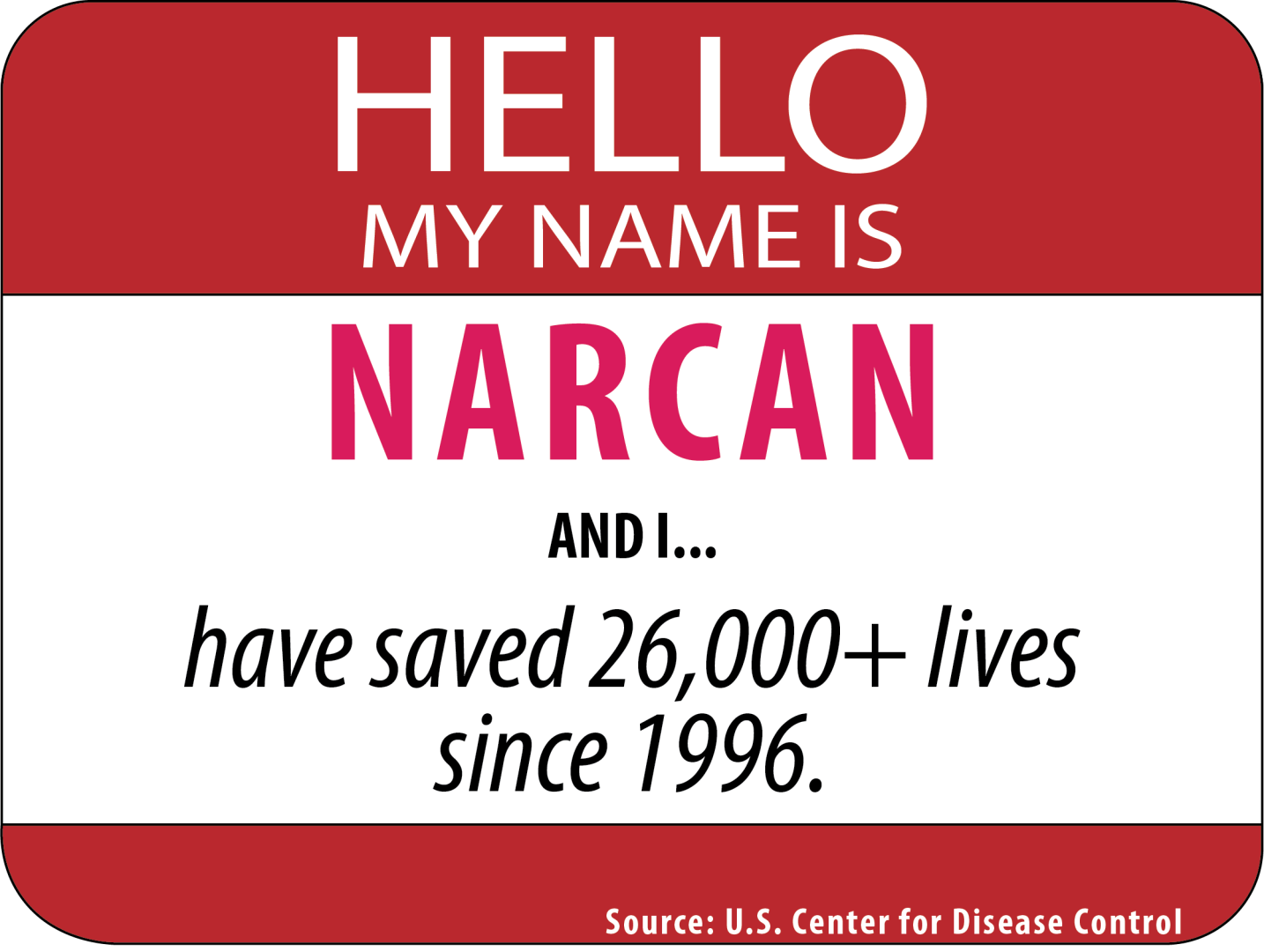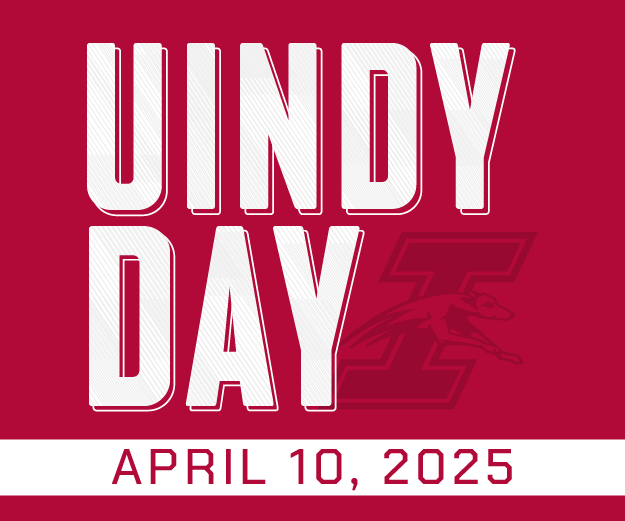According to the American Addiction Center, the number of people using illicit drugs in the 19 to 28 age range increased from 32% in 2006 to 44% in 2019. And, according to the National Institute on Drug Abuse (NIDA), death rates from opioid overdoses in the United States in particular had risen from 46,802 in 2018 to 68,630 in 2020. Luckily, a drug has been released to help those who have overdosed on opioids, known as Narcan.
NIDA says Naloxone, most commonly known by its brand name Narcan, is a drug that can halt the effects of an opioid-related drug overdose. Narcan is commonly administered through a nasal spray, according to Hackensack Meridian Health. University of Indianapolis Associate Adjunct Professor of Public Health Carolyn Runge said that Narcan also used to be administered through an injection.
“ … When [Narcan is] administered, it basically can bring someone back from the dead. It blocks the opiates that the person has ingested in one way, shape or form from completely shutting down the system,” Runge said. “It’s a bit of a miracle, really.”
According to Runge, if someone were to find a person who has overdosed, they can administer Narcan to them through the nasal spray. The effects of Narcan wear off after 60 to 90 minutes, according to GoodRX, and those who have dependence on opioids may experience withdrawal symptoms, according to NIDA. Emergency services should still be called after the medication is administered, Runge said.
“It can look like it works right away, but it may not necessarily work right away. It may take a few seconds. It may take up to a couple minutes. If the person has overdosed quite a bit, you may have to give them two doses,” Runge said. “Quite often what tragically happens is someone will have had so much opiates in their system, and someone will bring them back to life. And then if it’s a parent that sees their child, and then instead of calling the ambulance, would go back to the kitchen or go in the living room or whatever, and then return again to then find the person [had] overdosed again. So, it buys you time, but you still need to seek emergency care.”
Runge said that Indiana is facing an opioid epidemic. She said that around ten to 15 years ago, there was a large suppression on doctors prescribing opioid pain medicine. However, those who were already addicted to opioids before the suppression of prescriptions lost easy access to them.
“The problem with taking pain medication, of course, is it is addictive. And so these are not people that chose to go become drug addicts… Yes, [there is] a tremendous epidemic as a result of trying to correct a wrong and prescribe fewer pain meds. But, absolutely, we are in the throes of an epidemic.”
According to Bridges of Hope, an adult substance abuse rehabilitation program, Indiana is one of the only states that has implemented Narcan vending machines. Runge said that at UIndy, she teaches the class KINS 420: Drugs and Social Involvement, and the nonprofit organization Overdose Lifeline distributes Narcan to the class. She said Narcan is also available at pharmacies for, according to GoodRX, upwards of $38. UIndy’s Chief of Police David Selby said that police officers are trained to use Narcan and carry it in their cars in the form of an Epipen.
“If somebody calls dispatch, 911, they dispatch us out to a person [experiencing an overdose]… So, when [authorities] get there, they have to assess the person. And as we [the police] go, of course, we’ve already called the medics, so the medics are on their way,” Selby said. “And then if we have a suspicion [that there has been an overdose], [if] we get there fast enough, [if] we have reason to believe [they have overdosed] or have information [supporting the diagnosis of an overdose], probable cause, and believe that this person is [in] an opioid overdose, then [authorities] would give the Narcan.”
There has been debate surrounding Narcan regarding whether it should be more easily obtainable or whether it encourages or enables repeated drug use. According to the Marshall Project, a nonprofit news organization, Narcan can be enabling to drug users and can be frustrating for officers who have revived the same person repeatedly in the past.
Runge said Narcan is like another tool in a toolbox that can be used to help people on their road to recovery.
“What we need to ask ourselves as a society is, ‘Do we care about each other?’’’ Runge said. “‘What does that look like and how do we work for the greater good?’ ‘And what are some of these things that can facilitate our society thriving?’”







